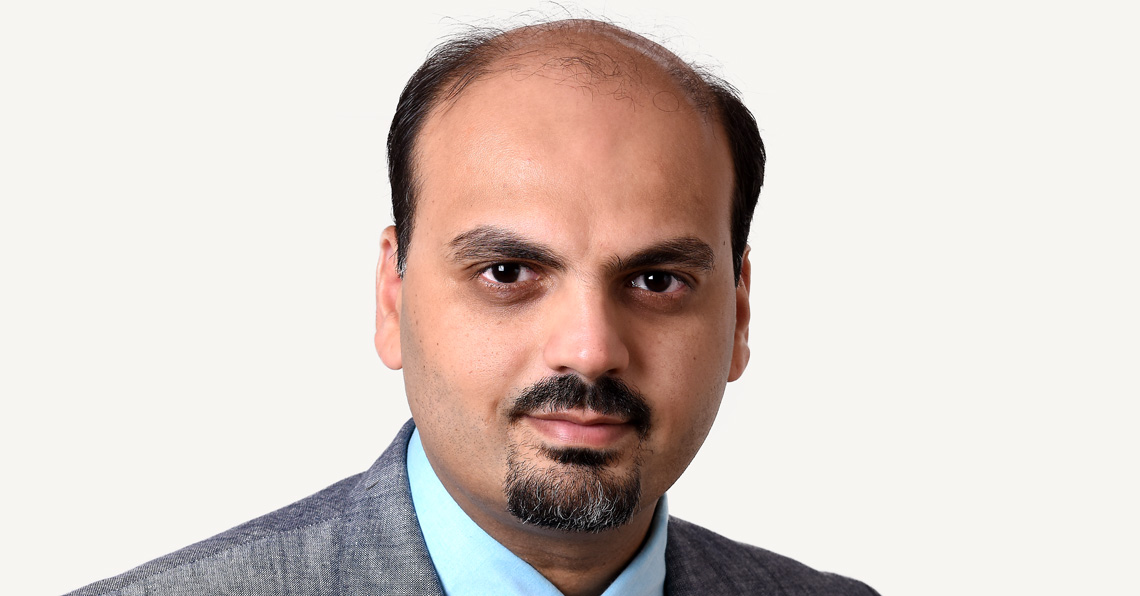What are you reading? Aalok Khandekar
Issue: XXIX.1 January - February 2022Page: 12
Digital Citation
Authors:
Aalok Khandekar
Over the past year, I have been studying how cities and governments in India are responding to the increasing incidence of heatwaves (a phenomenon now also underscored by the recently released IPCC report [1]), a topic I know also occupies some in the HCI and CSCW communities. Over the course of my readings, I have engaged closely with disaster studies (DS) scholarship. Here, I highlight some of what I have learned, focusing especially on Robert Keller's book Fatal Isolation, which documents the impacts of the 2003 European heatwave as they manifested in Paris [2].

DS scholarship emphasizes that even though disasters often seem to strike with a fatal suddenness, the conditions—material, social, economic, etc.—that make them disastrous have been in place for much longer; their effects are also felt long after the event itself [3,4]. In Keller's account, "poor housing, poverty, compromised health status, and inadequate access to care" [2] all culminated in the heatwave disproportionately claiming the lives of the elderly [5], the disabled, and the physically and mentally ill. Implicit here is another key DS finding: Disasters affect populations unevenly. They often lay bare—with devastating effects—already existing socioeconomic inequities. Complicating this picture further are the compounding effects of disasters that have been all too familiar since the onset of the pandemic: wildfires, floods, and earthquakes, for example, which, coupled with Covid-19, have additionally burdened those already vulnerable to the worst impacts of disasters. "Disasters," as Keller so succinctly notes, "illuminate their social contexts" [2].
I am also struck by Keller's attention to "disaster narratives" about the heatwave that the French state and media mobilized, which, he argues, served to invisibilize those already on the margins of society. For example, the elderly, who made up about 80 percent of all mortalities in Paris during the heatwave, came to be cast as "social isolates" whose "instability… moral failings, or… marginality… drove their isolation and structured their vulnerability" [2], in effect being blamed for their own mortality. The overwhelming focus on the elderly as stereotypical disaster victims also made it more difficult to recognize other marginalized groups, such as the homeless or the mentally ill, as victims of the heatwave. These narratives also directed attention and resource allocation, shaping both knowledge about and responses to the disaster. Here we witness the active production of vulnerabilities in and through disaster.
Disasters affect populations unevenly. They often lay bare—with devastating effects—already existing socioeconomic inequities.
In India, one response to the rising incidence of heatwaves (officially understood as "natural" disasters) has been the development of (urban) heat action plans (HAPs). In the aftermath of a deadly heatwave in 2010, the first HAP was developed in 2013 in and for the western city of Ahmedabad. Today, there are more than 30 HAPs in place, some focusing on cities, others on entire states, with the Ahmedabad HAP serving as their template. The rapid scaling up of HAPs in India is impressive: I struggle to find other instances in which governance responses have developed and proliferated so quickly. However, the adoption of the Ahmedabad HAP to other contexts has largely been a programmatic exercise, with little attention to specificities of place. How do we make sense of this apparent paradox whereby the kinds of urgent responses demanded by impending climate emergencies risk erasing how climate vulnerabilities in particular contexts are configured in the first place? Thinking with Keller and other DS scholars, I worry that in their elision of place-based specificities, HAPs in India risk reproducing the very vulnerabilities that they seek to ameliorate.

1. https://www.ipcc.ch/report/ar6/wg1/#FullReport
2. Fatal Isolation: The Devastating Paris Heat Wave of 2003. Univ. of Chicago Press, 2015.
3. Tierney, K. Disaster governance: Social, political, and economic dimensions. Annual Review of Environment and Resources 37, 1 (2012), 341–363; https://doi.org/10.1146/annurev-environ-020911-095618
4. Fortun, K. et al. Researching disaster from an STS perspective. In The Handbook of Science and Technology Studies, 4th ed. U. Felt et al., eds. MIT Press, Cambridge, MA, 2017, 1003–1028.
5. Understood here as people age 75 and above.
Aalok Khandekar is an assistant professor of anthropology and sociology at the Indian Institute of Technology Hyderabad, India. As part of the Cool Infrastructures research consortium (www.coolinfrastructures.com), his recent research focuses on how marginalized groups in the urban Global South are adapting to rising temperatures in their cities. He also serves as editor in chief of the open access journal Engaging Science, Technology, and Society. [email protected]
Copyright held by author
The Digital Library is published by the Association for Computing Machinery. Copyright © 2022 ACM, Inc.


